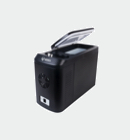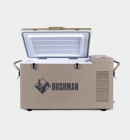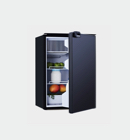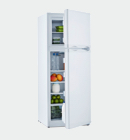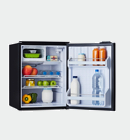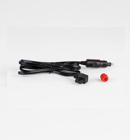How to setup your 4X4 Canopy insulation and ventilation for a fridge
- Date Published: 14 May 2024
- Bushman Fridges
Fridges in a 4wd canopy are the best! They are just so handy. But setting your canopy up correctly will make a massive difference in how well your fridge works. Think of it as the difference between cool drinks and icy cold ones. And the two most important things to get right; ventilation & insulation
Type of fridge – chest or upright?

What type of fridge you have in your canopy doesn’t make much difference to how you set your canopy up. What really matters is how big the fridge is in terms of internal volume in litres. The bigger the fridge, the more heat it produces, and that heat needs to get out of the canopy as quickly and easily as possible. Which brings is to number one, Ventilation.
Ventilation

Really the number one key to an efficient, low power and cold 12V fridge is air flow. As your fridges runs, the compressor draws all the heat from inside the fridge cabinet to the outside, squashes it down and feeds in into the heat exchanger (aka condenser, the black tubular wire grill). Now this condenser gets hot, real hot and there is a fan blowing air across it. This hot air needs to go somewhere, fast. And the best place for it to go is outside your canopy.
To get the air outside your canopy, you will need vents in the canopy. Or, if the fridge is sealed into one section of your canopy only, then you can add vents just to that section. Don’t worry about dust getting into the fridge compressor area, it will not hurt it. In fact, we design those components to handle the dust.
Now there a many different types of vents, more than we can cover here in sufficient detail. And often individual canopy manufacturers will have their own preferred design or style. We always recommend chatting to your canopy manufacturer directly for their advice. But in terms of size, think about maximising air flow in and out of the canopy. Especially where the fridge condenser sits. Having some vents up high in the canopy and some down low is usually the best way, this encourages the warm air out the higher vents, and draws outside air in through the lower vents.
Insulation
If ventilation is the number one key to an efficient and low power fridge, then insulation is a very close second. We spoke above about how the job of your fridge condenser is to get rid of the heat from inside the fridge. Well, you can make its job that much easier by keeping the temperature inside your canopy down as low as possible. The lower your inside canopy temps, the easier it is for your fridge to work, the less heat it produces and the less power it will use.
The two things that affect how hot your canopy will likely get, besides how sunny and hot it is outside, are the material and colour.
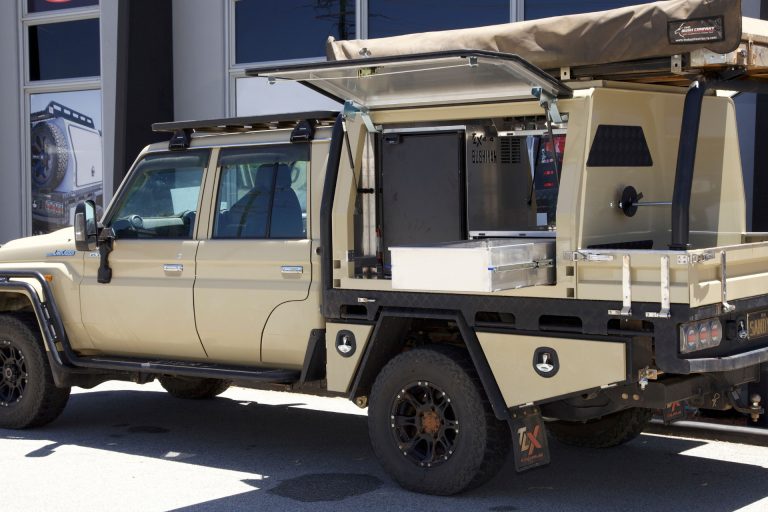
Colour
Think about your canopy. What colour is it? If it’s black or grey, that’s ok, but it will absorb the suns radiant heat. If it’s white or aluminium, you’re in luck, as that will reflect the suns heat and you are already many degrees cooler.

What about the material?
If it’s steel it will absorb and radiate more heat into the inside of the canopy, but if it’s aluminium, you’re in luck again, as aluminium conducts heat less effectively and will transmit less heat to the inside of your canopy.
Now you know how the material and colour will affect your canopy’s inside temperature, it’s time to discuss insulation. Our advice is to always insulate the ceiling and walls. You can use 25mm thick insulation which will fit snugly in between the panelling in your ceiling and walls. This way you do not lose any useable interior space. If you have a roof top tent, you will not need ceiling insulation as the tent does the same job keeping the direct sunlight off your canopy ceiling.
With the right ventilation and insulation, your 4×4 canopy fridge setup will be mint.

